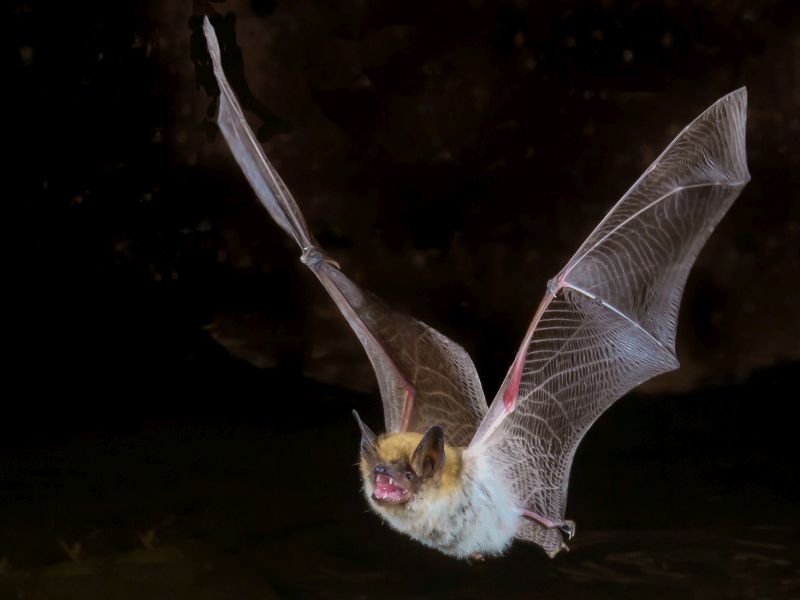Coronavirus May Have Come From Bats; Could They Also Hold Clues to Treatments?

THURSDAY, July sixteen, 2020 (HealthDay News)
Bats have been blamed as a possible resource of the new coronavirus pandemic ravaging the globe. But they may also level to possible means out of it.
Researchers say the winged mammals’ immune programs may offer clues on how to combat the new coronavirus and other unsafe viruses in human beings.
“Human beings have two possible approaches if we want to reduce inflammation, stay longer and steer clear of the fatal outcomes of health conditions like COVID-19,” explained review direct author Vera Gorbunova, a professor of biology at the University of Rochester in New York. “Just one would be to not be uncovered to any viruses, but that is not simple. The next would be to regulate our immune program more like a bat.”
Several fatal viruses that affect men and women are thought to have originated in bats, including rabies, Ebola and SARS-CoV-2, the pressure that leads to COVID-19. But bats have developed a key weapon: They’re improved capable to tolerate viruses than human beings and other mammals.
“We have been interested in longevity and disease resistance in bats for a though, but we did not have the time to sit and believe about it,” Gorbunova claimed in a university information release.
“Staying in quarantine gave us time to explore this, and we recognized there may be a really powerful link concerning bats’ resistance to infectious health conditions and their longevity. We also recognized that bats can supply clues to human therapies utilised to combat health conditions,” she explained.
Normally, a species’ lifespan is connected with its system size. The lesser a species, the shorter its lifespan. But quite a few bat species have lifespans of 30 to 40 several years, which is extraordinary for their size, the authors noted in a critique post revealed just lately in Mobile Metabolic process.
Bats’ longevity and tolerance to viruses may be thanks to their capability to control inflammation, which is associated in equally getting older and disease. Viruses, including COVID-19, can trigger inflammation.
With COVID-19, this inflammatory reaction goes “haywire,” Gorbunova claimed. In fact, in quite a few situations it is the inflammatory reaction that kills the individual, more so than the virus itself.
“The human immune program operates like that: The moment we get contaminated, our system sounds an alarm and we develop a fever and inflammation. The goal is to destroy the virus and combat an infection, but it can also be a detrimental reaction as our bodies overreact to the threat,” Gorbunova claimed.
In contrast, bats’ immune programs control viruses without mounting a powerful inflammatory reaction.
There are various possible reasons why bats developed to combat viruses and stay extended life. Flight may be just one of them, the scientists noted.
Bats are the only mammals that can fly, which necessary them to adapt to immediate will increase in system temperature, unexpected surges in metabolic rate and molecular damage. These adaptations may also help in disease resistance, the review authors proposed.
An additional aspect is that quite a few species of bats stay in substantial, dense colonies, and hold close collectively on cave ceilings or in trees. These ailments are ideal for transmitting viruses and other pathogens.
According to Andrei Seluanov, a biology professor at the University of Rochester, “Bats are continually uncovered to viruses. They are often traveling out and bringing back a thing new to the cave or nest, and they transfer the virus mainly because they stay in these close proximity to each and every other.”
This indicates that bats’ immune programs are continually adapting to offer with new viruses. Learning bats’ immune programs could direct to new means to combat getting older and health conditions in human beings, the scientists claimed.
— Robert Preidt

Copyright © 2020 HealthDay. All rights reserved.
References
Supply: University of Rochester, information release, July nine, 2020
